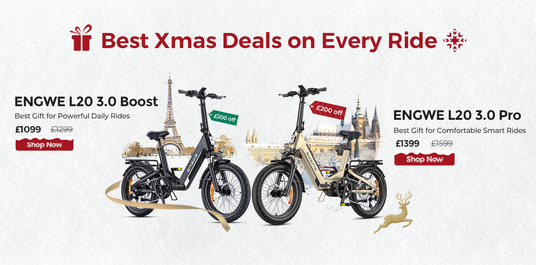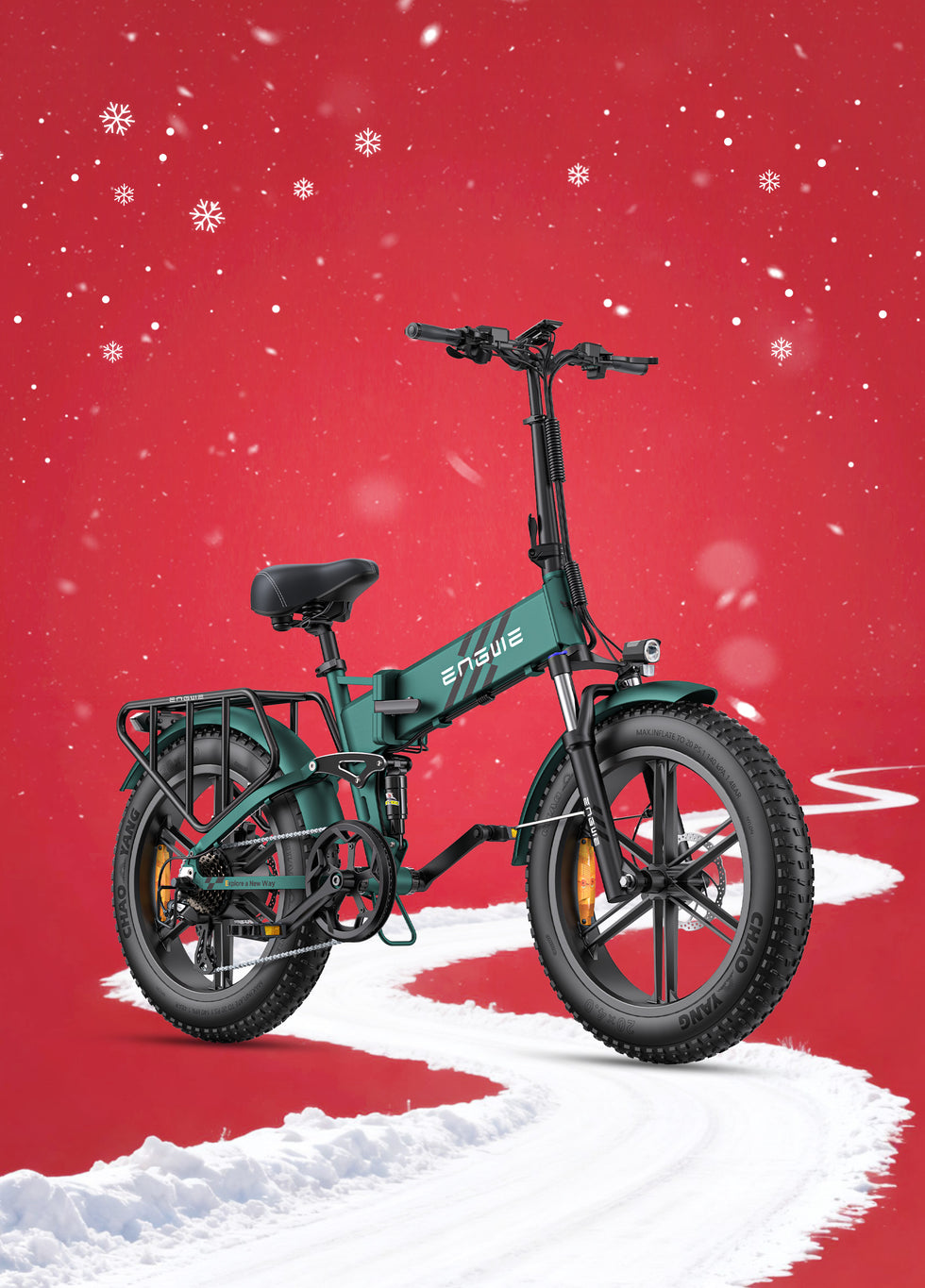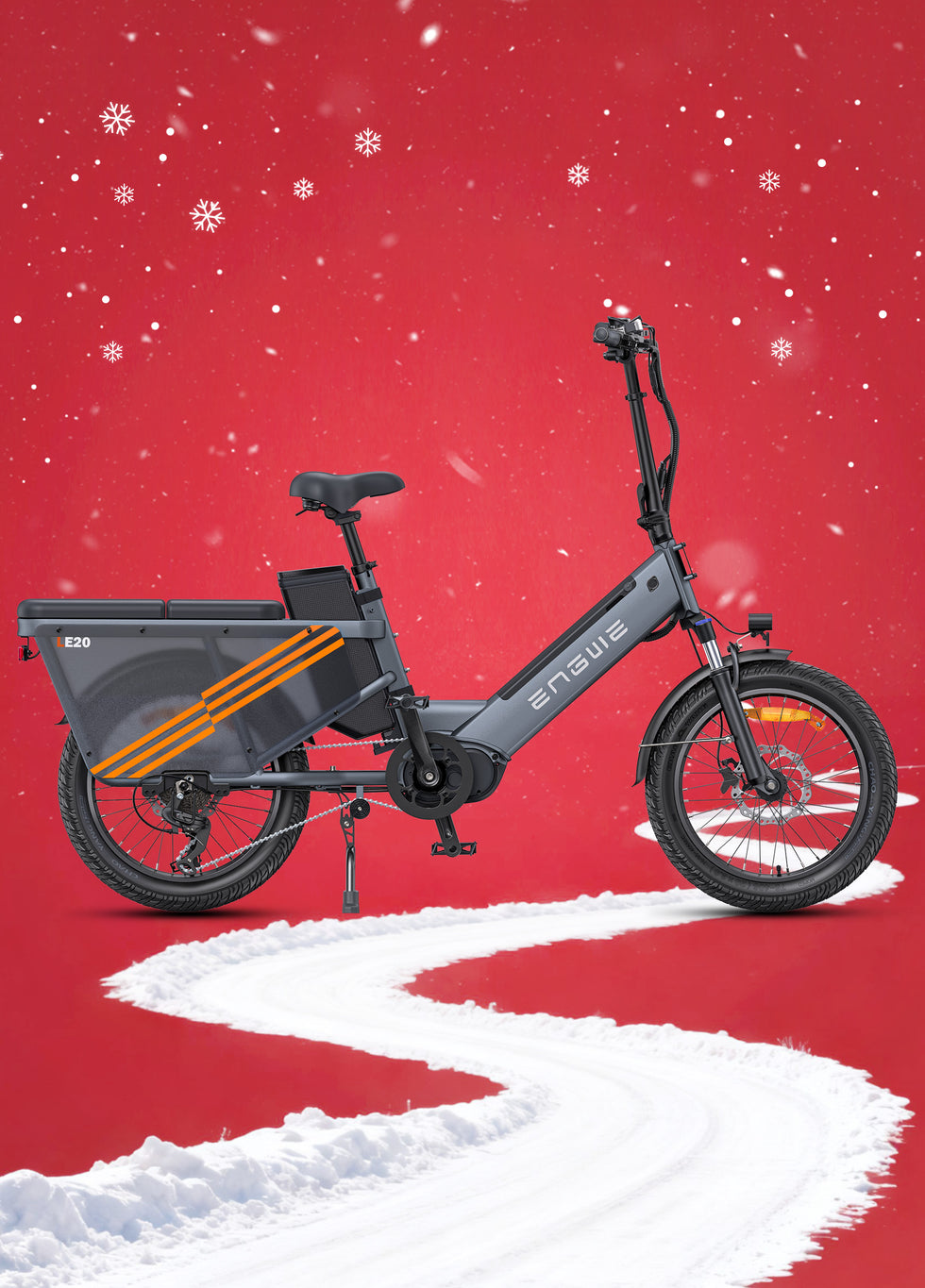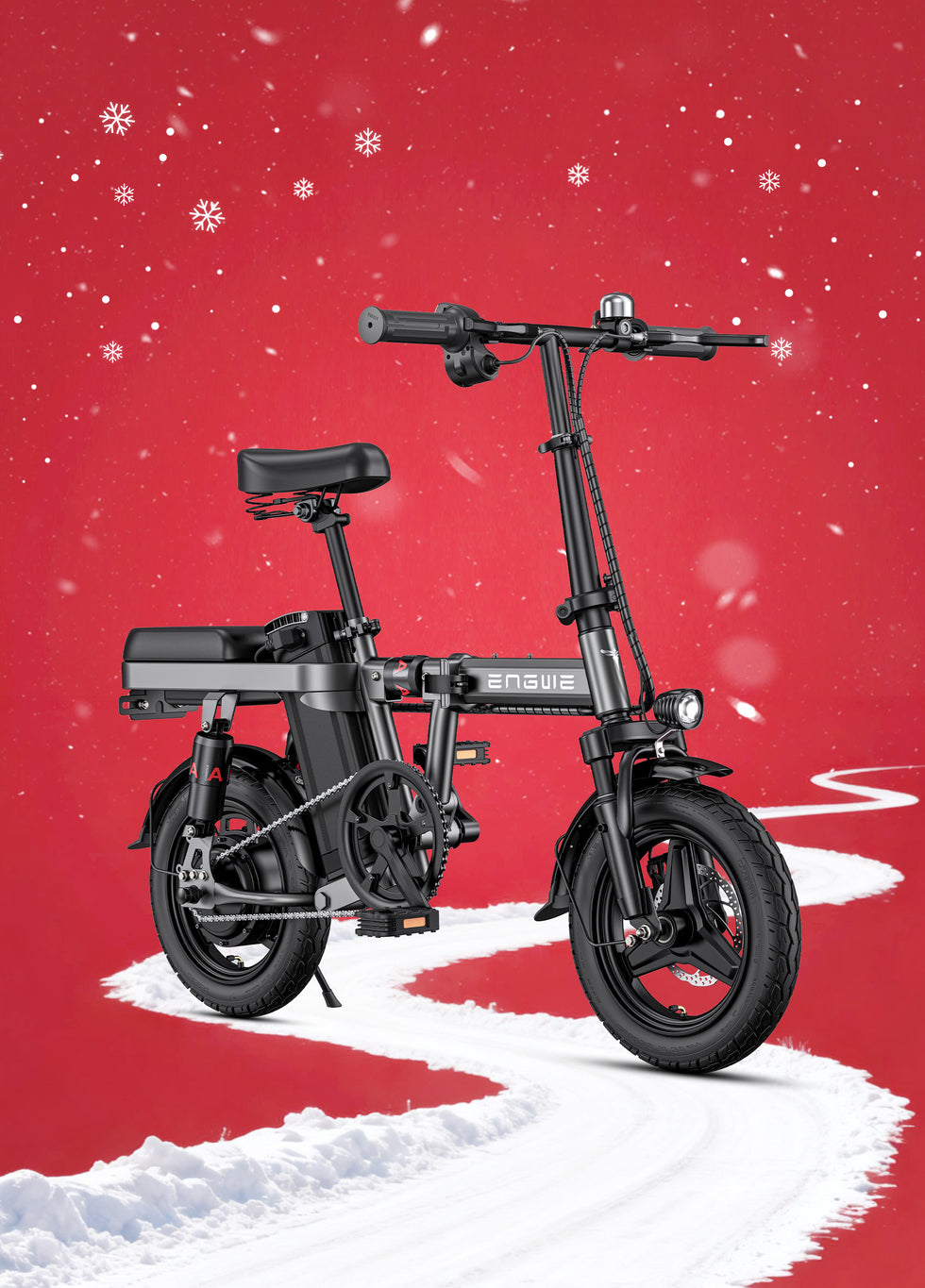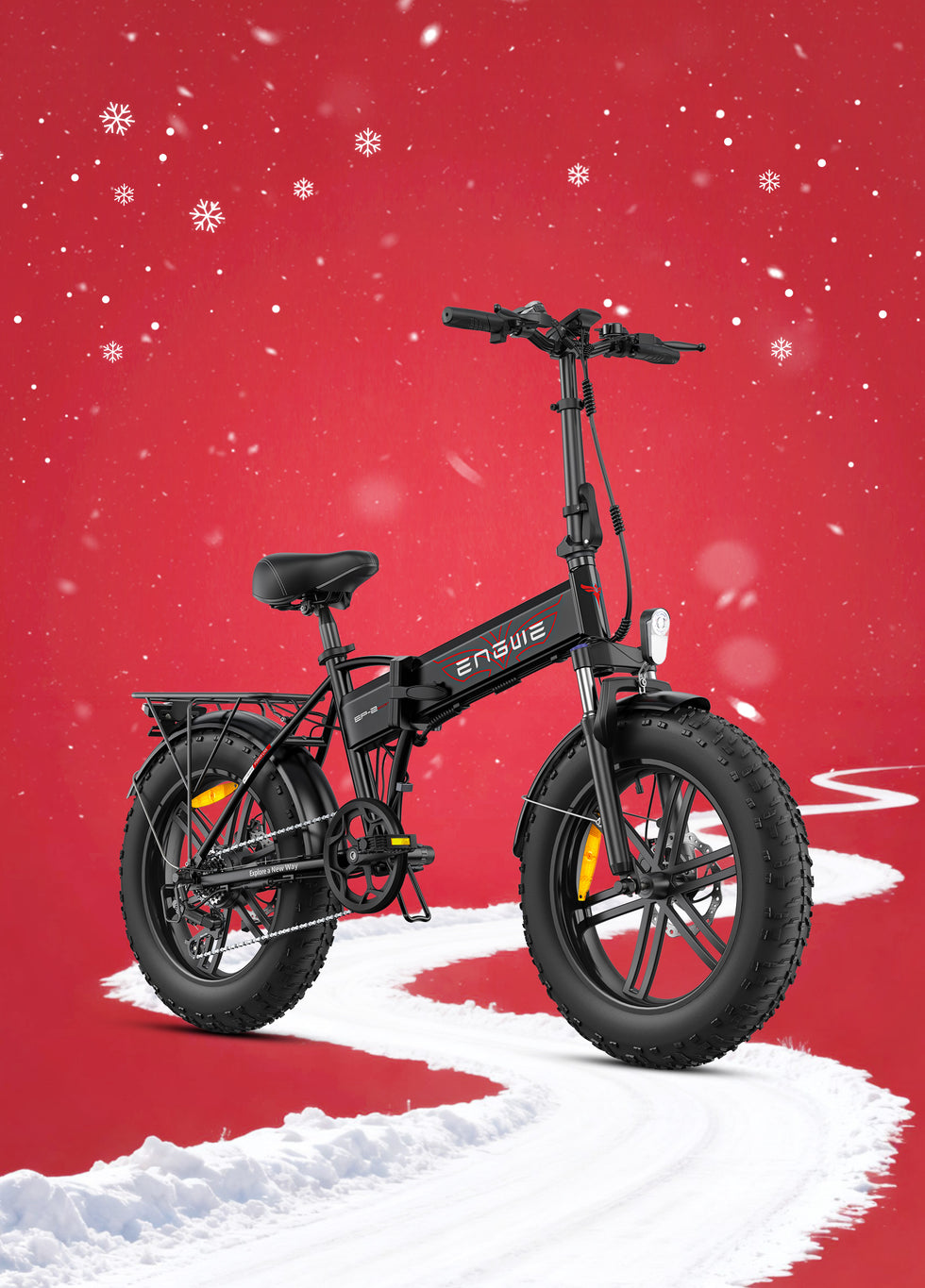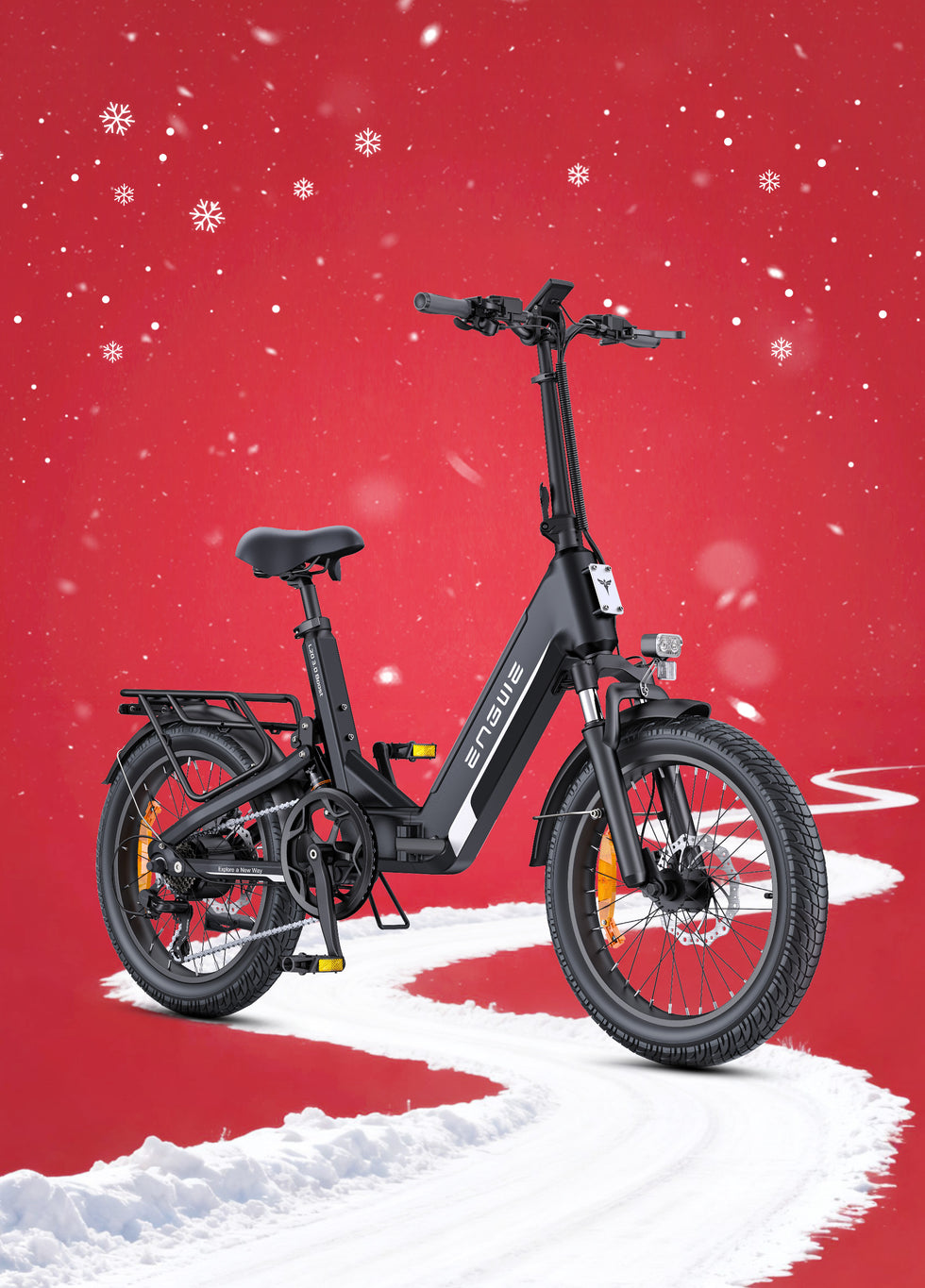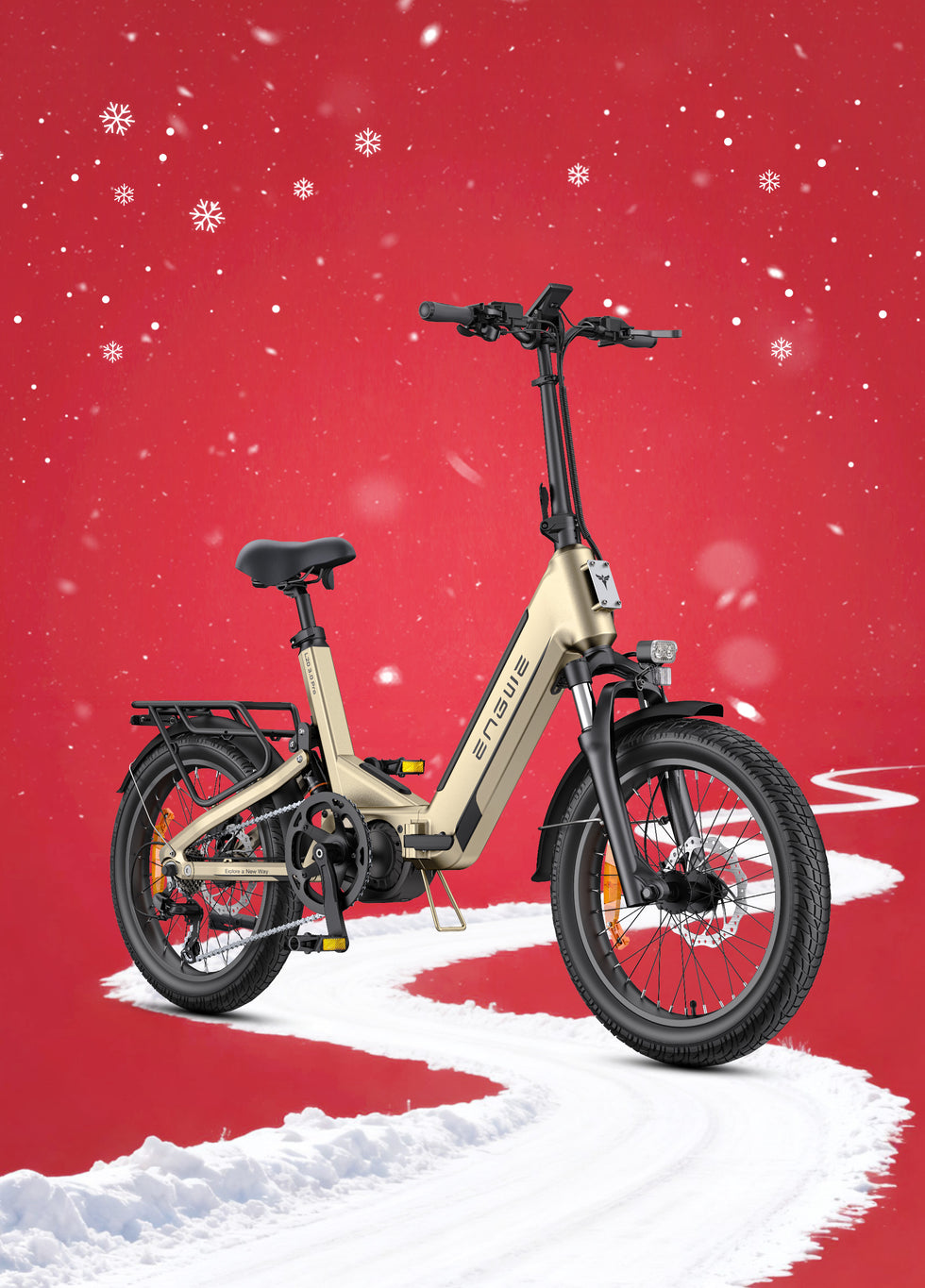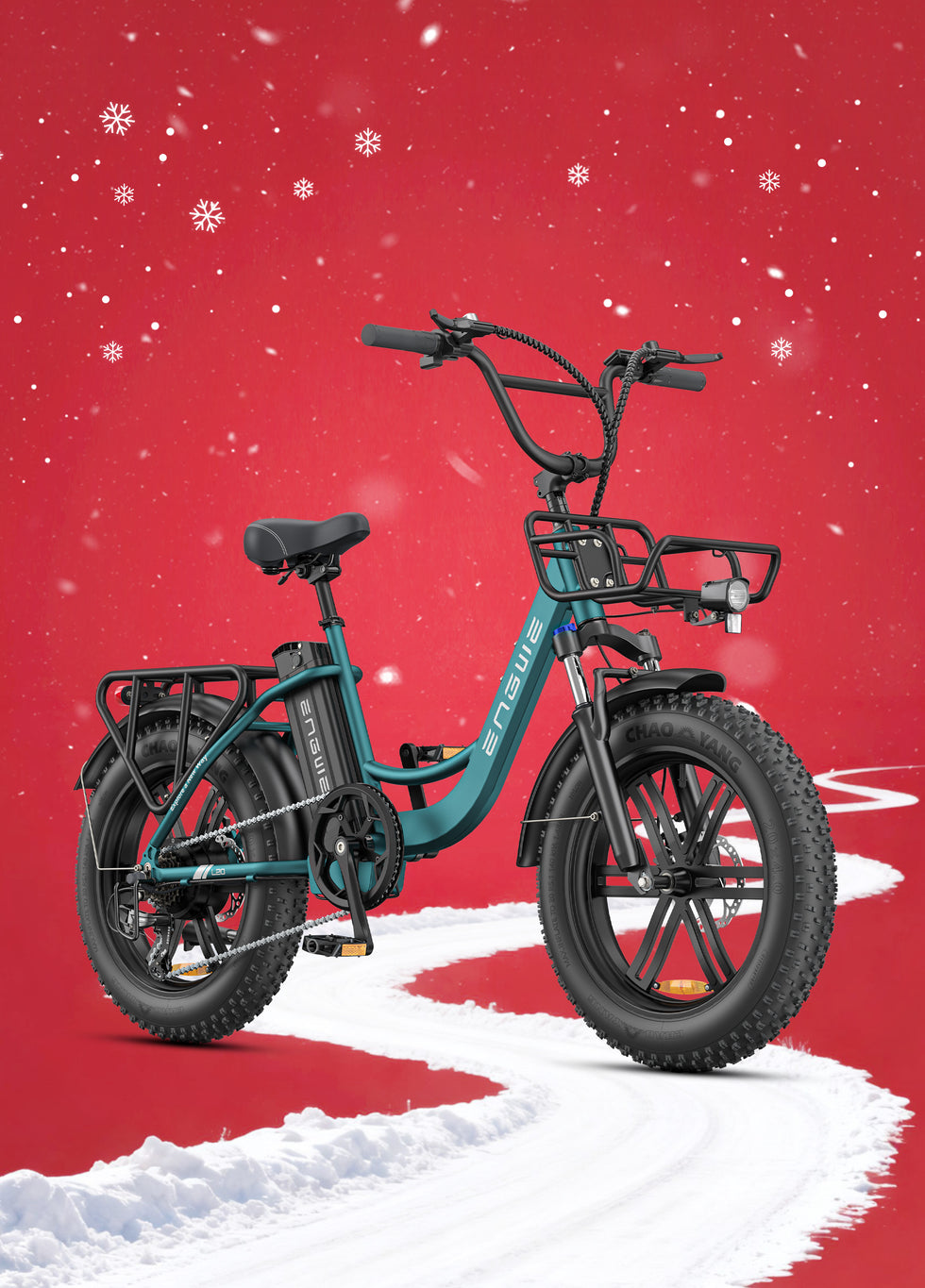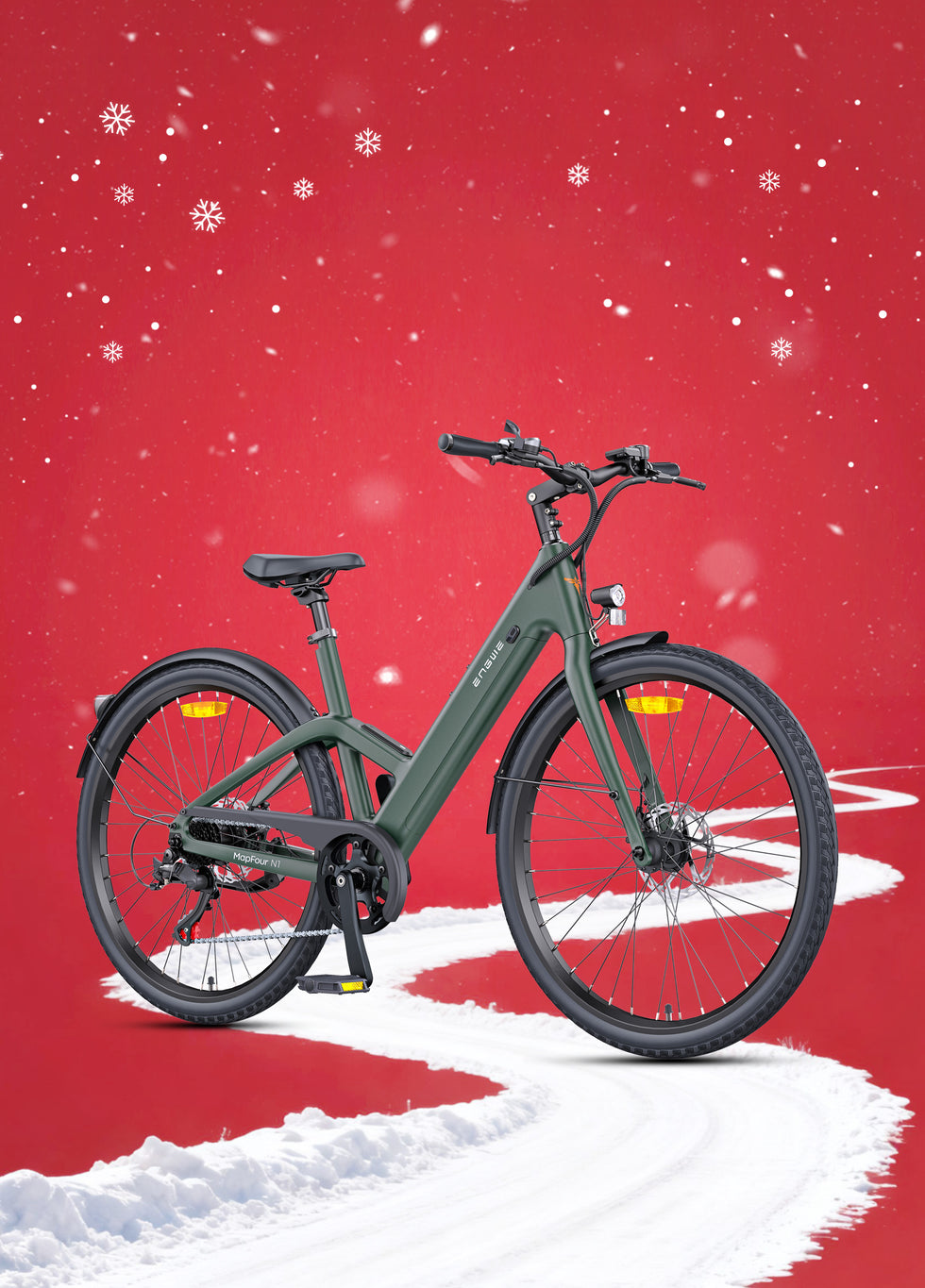The Essentials: Motor and Battery
Getting into electric mountain biking is an exciting prospect. It’s the promise of being able to take on the climbs you might have previously shied away from, go further than you could have previously imagined, or simply enjoy time on the trails with a little help when you need it. But for a rookie, the enormous amount of tech jargon, features, and options can be overwhelming. What is the most important thing in an entry-level e-mountain bike? How do you weed through marketing fluff and get to the core about what really is an essential feature and a set of must-haves, then find a bike that actually provides the values above, is reliable, and perhaps even fun? Think of this guide as a way to sort through the noise. We’ll dive into the specifics of what you should be looking for, covering the basics of what we think makes a great first electric mountain bike, and in the end, you’ll feel helped and confident in your choice to get you out on the trail.
To make the right selection, you first have to know the language of e-bikes. Let’s break down the most important parts so you have an idea of where to focus. Think of the motor as the engine, the battery as the fuel tank, and the frame, suspension and brakes as the chassis and safety systems. You don’t necessarily want the most powerful/pricey version of anything, but you do want a well-rounded combination of parts that won’t be terrible and won’t be a bottleneck together. And it’s value where it matters most: going down the trail. Never mind the baffling numbers — let’s highlight what each part does for your ride. An entry-level e-bike, after all, should be usable and intuitive, safe and capable, firm enough to make your way confidently over dirt paths and forest tracks and over gentle hills.
The engine is what powers any electric bike — and the way it does so can be transformative. But when you do see motors being rated, is it really true that the only way to evaluate horsepower is WATTS? How unfortunate for you electric fanboys out there. Normally, you can compare by watts, although if you do that, be prepared to constantly lose as you would build a motor so huge and in such a very inefficient way to do so, aka always overheat to the point of melting... or at least constantly. Really, let's change the world already with electric and quit fooling ourselves. Generally, you are going to be seeing rated motors in Watts. 250W is the max limit for legally permissible public road use in the UK and EU without special authorisation. But raw power is not the full story. The true secret to a great ride is in how that power is put down. Most basic e-bikes rely on a cadence sensor, which activates the motor as you pedal and shuts it off when you stop. This can be jerky and unnatural, like an on/off toggle. A much better system, and one to look for instead, is a torque sensor. Two sensors measure how hard you are pressing on the pedals and provide assistance proportionally. The harder you pedal, the more it helps. This makes for a smooth, intuitive experience that makes you think you literally just have super-powered legs. It's a game-changing feature that makes climbing hills and manoeuvring technical terrain buttery smooth and in control, one of the reasons why we're convinced it's a key feature to making a truly capable entry-level e-mountain bike.
Your “fuel tank” is the battery, and how big that battery is determines how far the bike can take you. You will also come across battery stats like Volts (V) and Amp-hours (Ah). If we multiply those together we get our “Watt-hours” (Wh), which is the best indicator of total capacity. A larger battery offers more range to travel farther — but it also results in added weight and expense. For an absolute beginner, a 500Wh battery is a great place to start – it is sufficient range for a dedicated few hours of trail riding without the worry of ‘range anxiety’. From the manufacturer, they will quote you a maximum as depending on rider weight, bike, and usage the range can greatly vary, but please be aware most of this range is achieved in the lowest assistance mode in optimal conditions. Your mileage will vary, depending on the terrain, your weight and how much power you use. The big one hunting for here is a removable battery. You can charge it easily at home and don't need to worry about potential theft, or even the extreme outdoor temperature the battery may be affected by.
The "Mountain" in E-Mountain Bike: Frame, Brakes, and Tyres
Now, we come to the “mountain” portion of the bike. There are three things you’ll need to combat the lumps and bumps in the (off the) road: good suspension, dependable brakes and grippy tyres. When you shop for entry-level models, you're going to see a hardtail - a bike with a shock front end only. This is great for beginners as it smooths out the bumps from rocks and roots and helps increase comfort and control, without the added complexity or cost of a full suspension setup. The brakes are THE most important safety feature on a bike. Insist on disc brakes. They provide so much more stopping power and reliability in the wet and in the mud than old rim brakes. Opt for mechanical disc brakes with big rotors (180 millimetres is great) for reliable stopping ability. Discussing tyres is your existence on the trail. Bigger, knobblier tyres offer added security and stability on loose stuff such as dirt and gravel. Fat tyres, typically around 4 inches wide, provide the last word in grip and cushioning – a sort of secondary suspension – making it possible to ride over just about anything.
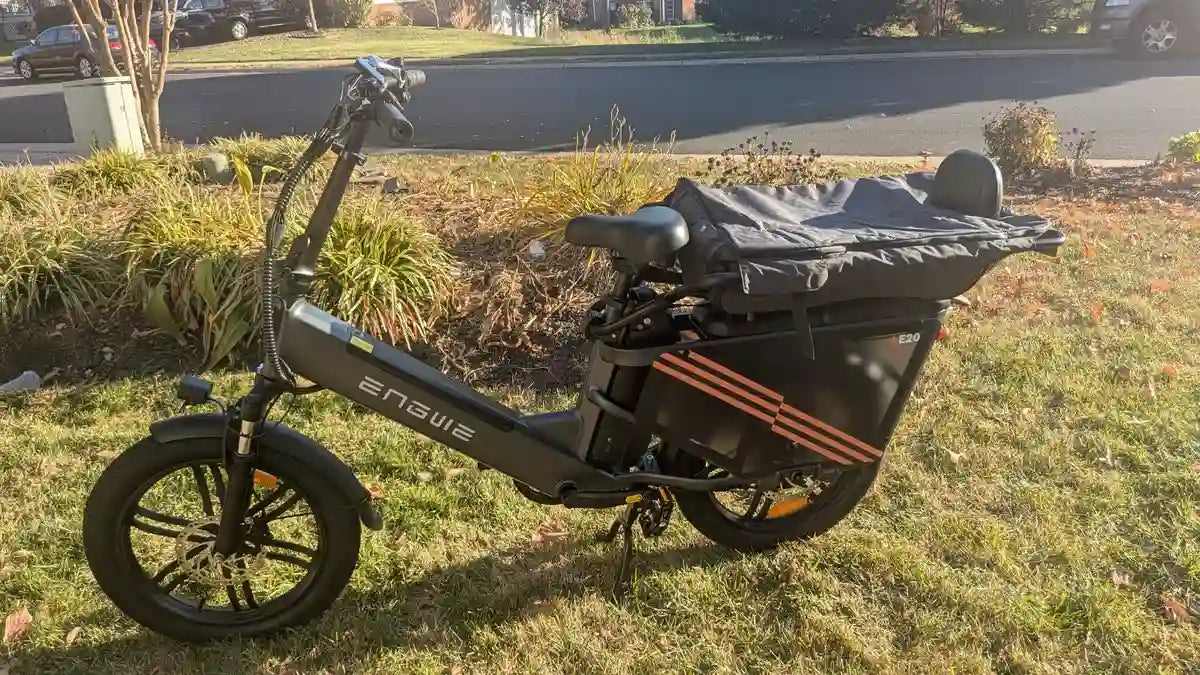
Our Pick for a First E-MTB: The ENGWE EP-2 Boost
The world's best value in an eMTB for riders wanting just the right combination of all-terrain performance and assist power, the ENGWE EP-2 is our pick for best first e-mountain bike. And this e-bike does an amazing job of combining high-end features into a reasonable package. The bike is centred around its all-terrain 20 x 4.0 fat tires that deliver high levels of grip on anything from loose trails to rough tracks, and help inspire confidence from the very first pedal stroke. The power (which is delivered incredibly smoothly and intuitively, thanks to an advanced torque sensor that matches the motor’s output with your labour) can be turned up faster than pedestrians can look up from their smartphones. For tougher climbs, an exclusive Boost button releases all the 55Nm of torque from the EU-legal 250W motor to make steeper gradients a breeze. Safety and control are taken care of by the Promax 180mm disc brakes at the front and rear, with the 7-speed Shimano drivetrain providing a gear for every situation. What really makes it stand out is its portability; the EP-2 Boost has a smart folding frame so it will collapse down to a nice small package, and the high capacity 48V 13Ah battery is removable so it can be charged easily. It is also fitted with tough, one-piece wheels, front suspension, a rack, and mudguards so that it is ready to hit the trail in no time.

| Feature | Specification |
|---|---|
| Tyres | 20 x 4.0 fat tires |
| Motor | 250W (EU-legal) |
| Torque | 55Nm with Boost button |
| Brakes | Promax 180mm disc brakes |
| Drivetrain | 7-speed Shimano |
| Battery | 48V 13Ah (removable) |
| Frame | Folding frame |
Essential Accessories for Your Ride
Whether you’ve picked out your dream bike or are still shopping around, there are a handful of important accessories you should have to make your rides safer and more fun. The most crucial must-have gear is a high-quality helmet. It’s an essential piece of safety kit for all types of cycling, but especially mountain biking when you never know what sort of terrain is coming next. A set of cycling gloves will not only save your hands when you crash, but will cushion the blows of road vibrations and help maintain your grip by preventing blisters during long rides. It’s also a good idea to purchase a basic toolkit – multi-tool, mini-pump, puncture repair kit – and know how to use them. Wrenching on the trail is empowering and a quick fix means your minor mechanical problem won’t ruin your day’s adventure. Lastly, if you’re going to be near any roads or riding when there's little light (think sunsets or sunrises) a good pair (or two) of bright, rechargeable bike lights is a must for visibility. With this information, you are now ready to confidently select the best bike and embark on your exciting journey of electric mountain biking.

Frequently Asked Questions
1. How often do entry-level e-mountain bikes need maintenance?
An e-bike demands pretty much the same maintenance as a regular bike plus a couple of additional checks. Some beginner maintenance goes a long way – things like regularly cleaning the chain and the drivetrain, checking your tyre pressures and making sure that your brakes are working properly. For electrical components, the primary duty is just not to let the battery die completely and to keep it at room temperature when not in use. A professional bike shop should give it a full service once a year to inspect the motor, connections and bearings, but regular weekly checks that you can do yourself are all that’s needed for the most part.
2. Do I need a licence or insurance to ride an e-mountain bike in the UK?
You don’t need a license, insurance, or vehicle tax to ride an e-bike (officially known as an Electrically Assisted Pedal Cycle) on the roads in the UK and EU, provided the motor is no more than 250 watts and the assistance cuts out at 25 km/h (15.5 mph). To ride one of them on public roads, you must be 14 years of age or older. The ENGWE EP-2 Boost is along with these regulations. These rules do not apply if you are riding on private land, but they make for a helpful measure of what would be a typical, legal e-bike.
3. Is it OK to e-mountain bike in the rain?
Most e-mountain bikes, including their electronic features such as motor and battery, are manufactured to be water-resistant and are suitable for riding in the rain. They're designed to take splashes, puddle stomping and general muck and water. But they are not meant to be submerged completely in water. The only thing you want to avoid when cleaning your bike is a high-pressure jet wash as this can push water past the seals and into the sensitive electronic parts.
After a wet ride: A good practice to get into after a wet ride is to dry the bike off and lube the chain.
4. How much do e-mountain bikes weigh?
Electric mountain bikes tend to be heavier than non-electric ones, a result of the motor & battery and typically a heavier-duty frame. Entry-level e-bikes can weigh from 25kg to 35kg. Although you notice this weight when picking up the bike, it is entirely nullified by the motor when in motion. In fact, the added weight can make the bike feel more stable and more planted on bumpy descents at times. A foldable model can help save on weight when it comes time to store and move it.
5. What is a hub motor compared to a mid-drive motor?
A hub motor sits in the centre of the front or rear wheel, and the mid-drive motor is installed in the centre of the bike frame, where the pedals are. Hub motors as you can find on entry-level bikes are basic and reliable, but also cheap. Mid-drive motors have a better balance of weight and can take advantage of the bike’s gears when climbing very steep hills but are also much more expensive and put a greater amount of stress on the chain and drivetrain.
For a beginner’s gentle to moderate mountain bike riding experience: A modern, powerful, and responsive hub motor and a torque sensor is perfect.
